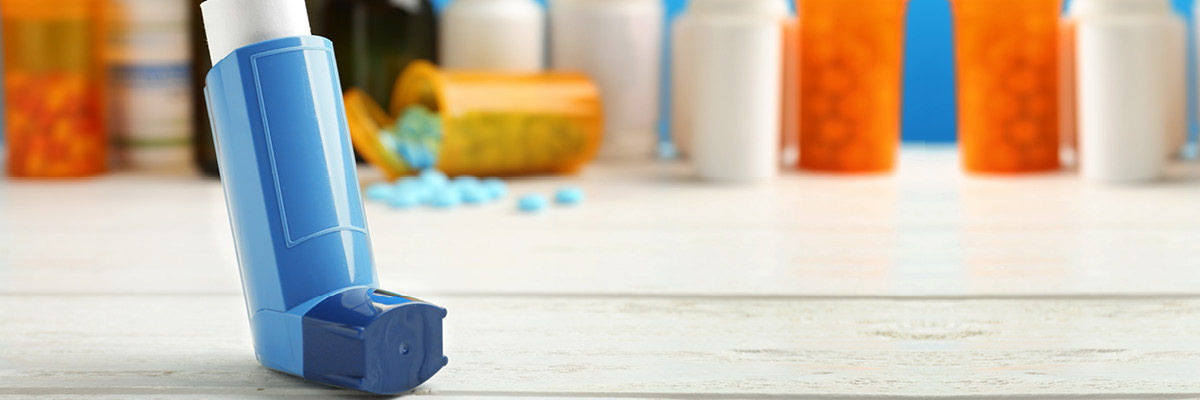

One of the tricky things about asthma is that kids who have it may experience inflamed airways because of everyday exposure to their triggers. This can happen without the child experiencing any breathing difficulties. Airway inflammation builds up over time, leaving the child vulnerable to unexpected flare-ups. Your child might feel fine, even as his or her airways are becoming swollen, narrow, and blocked.
Just listening to your child's breathing may not help you detect inflamed or obstructed airways. But an inexpensive, portable device called a peak flow meter can measure how well your child's lungs are working. Having this information can help you and your child manage asthma and avoid major flare-ups.
A peak flow meter measures the flow of air as it's expelled from the lungs. To do this, your child will blow into the peak flow meter like he or she is blowing up a balloon. A marker will slide up a scale on the meter as the child blows out. Numbers on the scale represent how much air your child was able to blow out. The peak flow is the number where the marker stops on the scale.
A peak flow meter can tell you and your child's doctor:
If the peak flow is lower than usual, you know that your child's airways are inflamed and obstructed, making it difficult to blow air into the meter. This means that your child's lungs aren't functioning at their best and a flare-up may be on the way. A flare-up may be 2 or 3 days away, but that advance warning gives you a chance to take preventive measures, such as giving medicine.
Using a peak flow meter is simple:
But the highest recorded number alone isn't the whole story. You'll compare it to your child's personal best - that's the best peak flow meter reading your child has ever gotten. Your doctor can help establish a personal best for your child early in treatment. Once you've done that, your child may need to take regular readings, according to an asthma action plan that the doctor recommends, to compare with his or her personal best.
Your doctor will help you establish three zones of peak flow meter readings based on your child's personal best reading. If your child has been given an asthma action plan, it will provide instructions about what to do for readings in each zone.
Peak flow meters need little care, but they do need to be washed regularly with hot water and mild soap. They also come in two ranges - one for small kids and the other for older kids, teens, and adults. Children as young as 3 have been able to use peak flow meters, although the readings are most reliable above the age of 5 or 6.
But peak flow meters are only useful if you and your child use them as recommended, record the results, and communicate those results to your child's doctor. By encouraging your child to be conscientious, you're teaching him or her how to manage asthma, a habit your child should carry into adulthood.
Reviewed by: Elana Pearl Ben-Joseph, MD
Planning Safe Summer Camp Fun for Kids With Allergies & Asthma
Kids With Eczema May Need Further Allergy Tests
Winter Is Prime Time for Indoor Allergies